Usage And Applications:
Taking reference from of various researches and studies made so far, it is believed that ball clay has been used since Roman times only which may date back to somewhere early Bronze Age. We use several products in our daily life which contain ball clays in them. Some of the most common uses are tableware, washbasins, wall and floor tiles, toilet bowls, and several other sanitary ware products and insulators.
The construction of ceramic articles depends a lot on ball clays for their enhanced plasticity during shaping process. They are also used to produce coatings for ceramic products as they provide perfect finish to ceramic coatings.
Ball clay has its important application in the production of wall and floor tiles. The use of ball clays along with feldspar, quartz, silica, kaolin and talc, provide great plasticity and bonding properties to wall and floor tiles. Similarly, ball clay is an important element for construction ceramics. Several building materials including but limited to clay pipes, roof tiles and bricks have ball clays in them.
Electrical insulators use porcelain components to be able provide insulation from high voltage current flows. It is also used as fillers in various plastic and rubber products like car window trims, garden hoses, windscreen wipers etc.







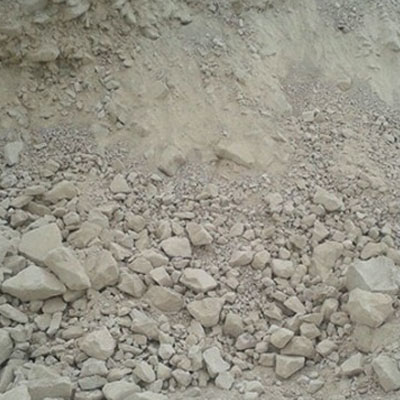
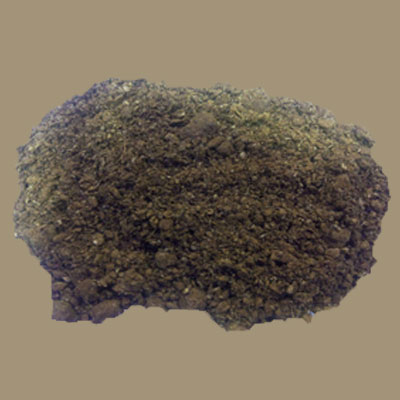
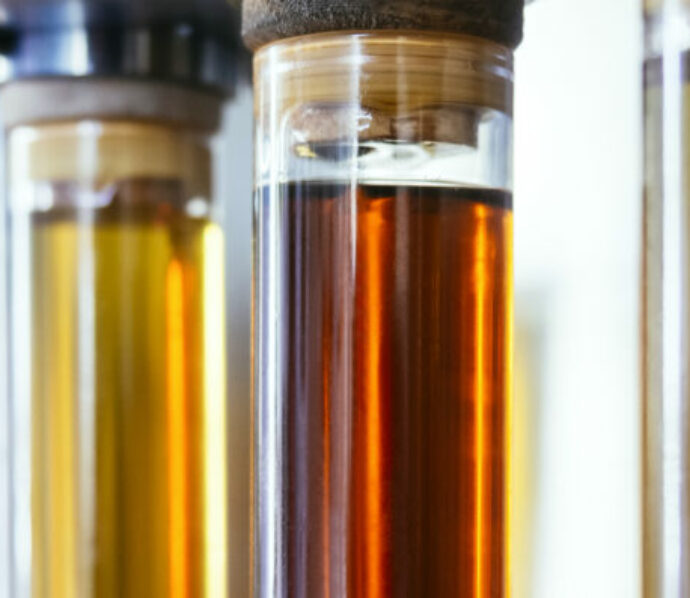
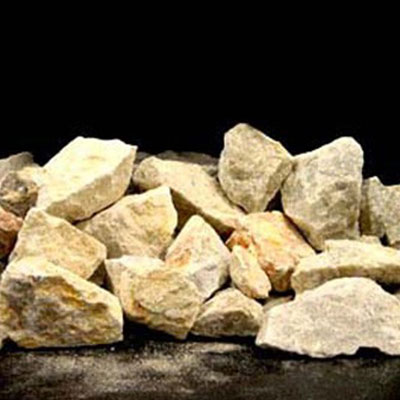
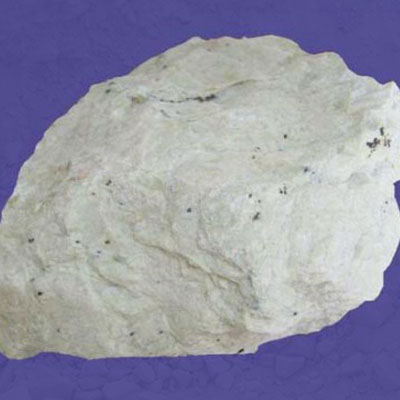
Reviews
There are no reviews yet.